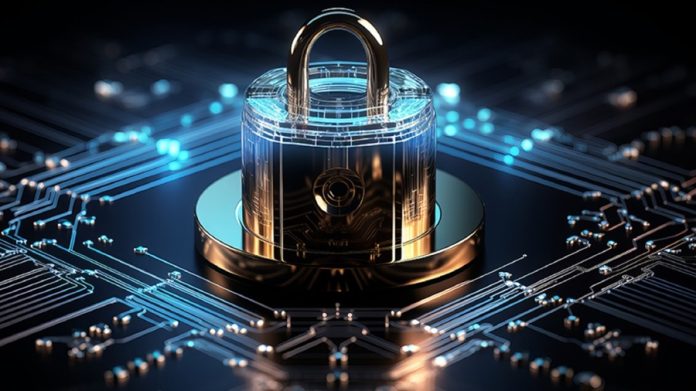Malware poses an increasingly severe threat to businesses, potentially disrupting operations, causing data loss, and eroding customer confidence. However, business leaders can adopt effective malware prevention strategies to mitigate these risks.
Boost Cybersecurity: Invest in Malware Prevention Training
Company leaders should prioritize educating employees on daily malware prevention practices. Many individuals underestimate the potential damage of a single malware attack due to their routine, trouble-free internet experiences. For instance, clicking on a malicious link can initiate an attack. A 2023 study revealed that nearly one-third of people are likely to click such links or comply with fraudulent requests.
The study also highlighted that emails containing malware often feature human-resources-related subject lines, such as updates on vacation time or dress code changes. This tactic makes the emails appear relevant to many employees, increasing the likelihood of interaction. Employees might click on these emails to avoid managerial reprimands or to ensure they don’t miss out on important information, inadvertently broadening the hackers’ reach.
Embrace Practical Scenarios: Consider Realistic Simulations
Some training programs enhance malware prevention by simulating common scam tactics. This allows IT departments to analyze response rates and identify trends. Training should also evolve to reflect the latest hacking methods. For example, Singaporean bank employees were trained using deepfake videos created with AI tools, highlighting how realistic such attempts can be. If employees see a video or hear an audio clip of their boss instructing them to take action, they are likely to comply without question, not realizing it could be a scam.
Training should be tailored to different roles, file types, and request scenarios to ensure employees can apply their knowledge in real-world situations effectively.
Promote Thoughtful Decision-Making: Assess Before Downloading Files
Another simple yet effective strategy is to encourage employees to think critically before downloading files. A seemingly harmless work-related file could be malware in disguise. Employees should consider:
- Do I know the sender?
- Was I expecting this file attachment?
- Is the file in a recognizable format?
- Have I received similar attachments before?
This checklist helps break the habit of mindlessly clicking on attachments. While an unusual attachment isn’t always malware, verifying its validity before downloading is crucial. Malicious files often come with common extensions, such as Word documents or PDFs. A 2023 study found a 53% increase in malware attacks using these file types, detecting an average of 411,000 malicious files per day. This underscores the importance of vigilance.
Highlight the Importance of Legitimacy Verification
Phishing attacks have become highly diverse, utilizing methods like text messages and compromising third-party sites. These attacks often create a sense of urgency, pressuring victims to act quickly to avoid severe consequences related to tax returns, paychecks, or overdue bills.
Verifying a message’s authenticity can be quicker than many realize. Authoritative organizations often provide guidance on identifying phishing attacks. For instance, the IRS has clarified it never engages with taxpayers via email. Hence, any email claiming to be from the IRS is a scam.
Employees should never reply directly to suspicious emails. Instead, they should verify the message through legitimate contact methods. For example, if an email appears to be from Amazon, they should visit Amazon’s website directly and contact customer service to confirm the message’s authenticity.
Prioritize Regular OS Updates
Many businesses continue using outdated operating systems, often citing the high cost and time required for updates. However, running outdated systems is risky as developers release patches to fix vulnerabilities that hackers could exploit. Older systems may no longer receive these updates, making it difficult for IT teams to maintain security.
Businesses can take a staged approach to updating operating systems if budgets are tight. Prioritize the most critical or vulnerable systems first. Alternatively, companies might temporarily allow employees to use personal laptops, provided they undergo IT security screening.
Act Now: Deploy Effective Malware Prevention Strategies
These strategies demonstrate various ways to reduce the risk of malware affecting businesses. Proactively adopting these suggestions can help ensure that every employee contributes to maintaining the company’s cybersecurity.
Story Credit: Revolutionised










